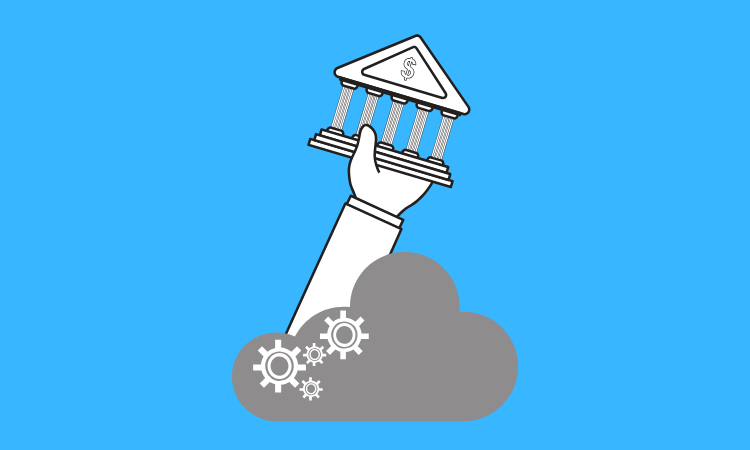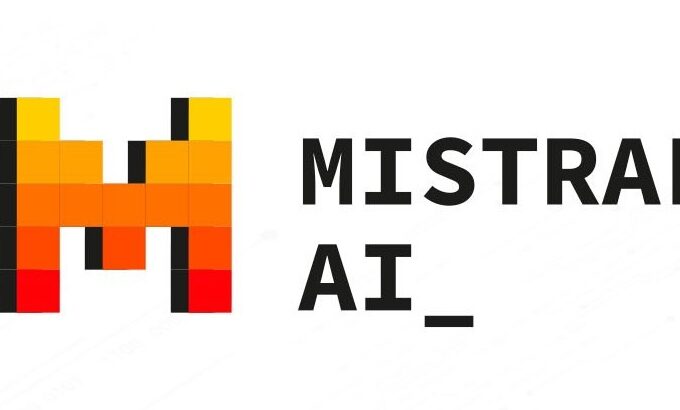
Behind BBVA’s ramp of its Banking as a Service offering in the US
via Tearsheet
Tearsheet talked with Brent Baker, the head of growth and operations at BBVA’s Open Platform, which means he’s in charge of bringing new customers and maintaining risk and control. The talk focuses primarily on his work with the firm’s banking as a service offering and how it fits into BBVA’s global strategy of being the bank of billions of people.
BBVA’s Open Platform
Open Platform is a subset of our larger Open Banking initiative that the bank is leading. For the global bank, Open Banking is a key part of its strategy, understanding that this strategy must align with the markets it participates in.
Open Banking is active in Spain (where BBVA’s headquarters are), Mexico with Bancomer, and in the US with Compass. What’s unique about the US is that we’re really focused on our banking as a service solution. We look at it as a white label solution to let third parties take advantage of our core banking capabilities, as opposed to some other open banking settings where BaaS only gives access to existing customer data.
When we describe banking as a service at BBVA in the US, the key is that it’s a white label experience. We’re providing not only read functionality but write functionality. We allow a client of ours to launch their application or service, incorporate core banking capabilities that they don’t typically have access to via a set of APIs. That’s what makes it an open platform.
We don’t view this as yet another channel for bank-branded products. You see a lot of banks rolling out developer platforms. It’s become table stakes for major institutions. They often provide access to existing branded services. So, you can get access to the Wells Fargo ACH solution via API, or you can originate a Capital 360 savings account — all great services for a specific market.
We’re going after clients who want to control the experience end to end but take advantage of the same services.
BBVA’s move into open banking and banking as a service
When BBVA acquired Simple in 2014, as part of that acquisition, it needed to transfer Simple off its core provider and onto the Compass core. To do that, BBVA needed to build a platform that gave Simple access to the bank’s functionality, from treasury management to card issuance. But, Simple needed to control the end experience, as it had up until that point.
The bank was also launching two neobanks of its own, Azlo and Denizen, and took what it had done for Simple and launched them on the same platform. Now, at the end of 2017, you have three operational banks on this platform. The bank then decided to see if there was a market for this technology outside BBVA.
We put a product in market Q1 2018 and went through a pretty extensive beta period. Our cohort group gave us feedback on the product and on the onboarding experience, and also gave us feedback on our pricing structure. This lead to the launch of our banking as a service launch at the end of Q3 2018. We’ve been in market for about 6 months.
We’ve learned that our offering is unique — there aren’t that many products in the US like it. We’ve brought on clients who are eager to scale with us. They like the fact that they get support from our client integration team. We don’t see ourselves as a vendor in this scenario. We see it as a true partnership.
Digit traditionally had a closed-loop savings program. They’ve done a great job of building an active and vibrant customer base and helping customers reach savings goals. Digit is taking advantage of Open Platform’s payment capabilities — ACH and bill payment — to help customers set a debt reduction target and pay down their debt.
Growing the BBVA BaaS brand
Awareness and storytelling are a big emphasis for us right now. We’re in market, talking to a lot of people, understanding how to position ourselves. We’re covering a lot of channels and doing more with media and press. We’re also leveraging our existing partnerships to help tell our story.
In 2018, we demonstrated that there was market fit, that we knew the pricing targets that would play in the market and that we could get this to market. Now that we’re in market, we’re focused on scalability. We’re focused on how to continue to scale the onboarding of clients while still offering support to our clients in a controlled manner.
How BBVA differentiates itself
I think it’s 2 things. The first is our robust suite of services. We offer a wide range of banking solutions — it’s a one stop shop.
Where I feel we are really setting ourselves apart is the emphasis around the developer experience. We’ve spent a lot of time thinking about developer onboarding, our API documentation and the design of our APIs. We set out a mission from the beginning not to design the Open Platform the way a bank would. I don’t want to offend anyone with that, but we didn’t want to create an ACH API. We wanted to create a unified payments solution that minimizes the number of parameters and makes it easy for our clients to scale.
Stripe and Twilio have really well-designed APIs. Why shouldn’t a bank?





